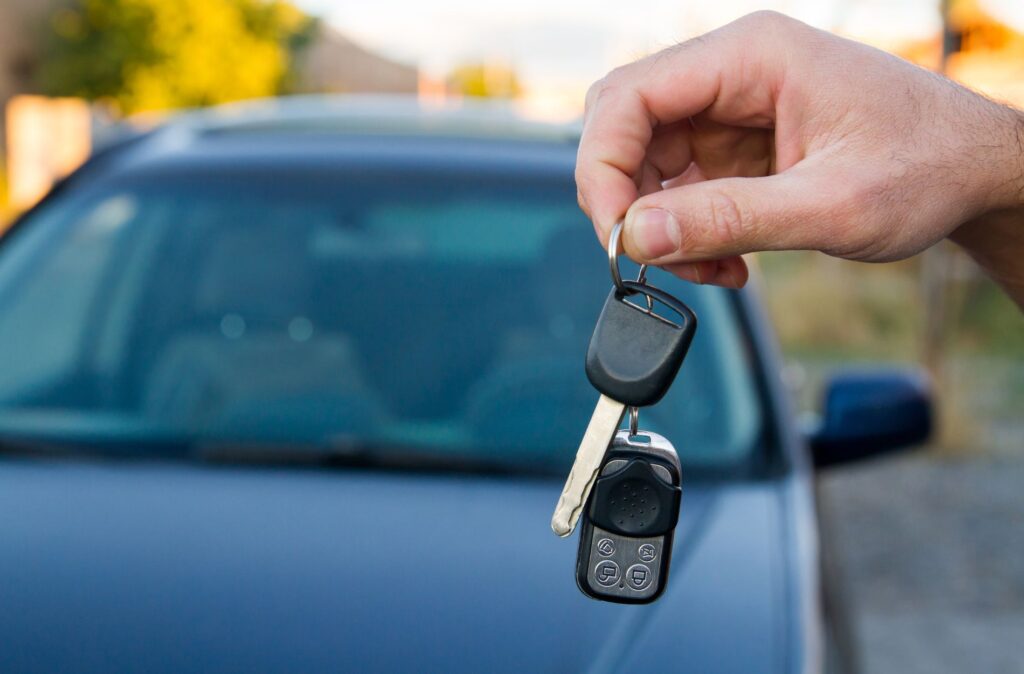Finding out that your car has been impounded in Buffalo can be a real headache. Imagine heading out to where you parked and your car is nowhere in sight. After checking with the local authorities, you discover it’s been towed to an impound lot. It’s a frustrating situation that leaves many drivers feeling stranded and confused. Knowing what steps to take can help you navigate the process more smoothly and ensure you’re reunited with your vehicle as soon as possible.
Understanding why your car was impounded and knowing what immediate actions to take can make all the difference. Whether it’s due to an expired registration or an unpaid parking ticket, being informed can reduce stress and save time. Let’s walk through the typical reasons for car impoundment in Buffalo and how you can efficiently deal with this situation.
Understand Why Your Car Was Impounded
It’s important to first figure out why your car was impounded. There are several common reasons. In Buffalo, cars can be taken by authorities due to parking violations, expired registrations, or unpaid fines. Sometimes, it’s something as simple as being parked in a no-parking zone or blocking a driveway. Once you understand the reason, it’s easier to handle the situation and prevent it from happening again.
When a car is impounded, there’s a typical process that follows. Once the vehicle is towed, it’s taken to a designated storage lot. Here, it remains until the owner pays all associated fines and fees. Some people find it helpful to contact the towing company directly to confirm the location and inquire about the specific charges. Without understanding these steps, reclaiming your car can feel like navigating a maze.
Immediate Steps to Take
Once you realize your car has been impounded, you’ll need to act quickly. The first thing to do is contact the local police department to verify the location and reason for impoundment. They can tell you which towing company is handling your vehicle. After confirming the details, reach out to the towing company’s office for more specific instructions.
To get your car back, you’ll need certain documents. Gather the following:
– Your photo ID
– The car’s registration papers
– Proof of insurance
These documents will be required when you retrieve your vehicle, so having them ready helps speed up the process. Promptly addressing the issue by gathering these items and contacting the right offices can lead to a faster and less stressful resolution, getting you and your car back on the road sooner.
How to Retrieve Your Impounded Car
Once you have the necessary documents in hand, it’s time to tackle the task of retrieving your car. The first step involves settling any outstanding fines and fees. These can include parking tickets, towing costs, storage fees, and any other penalties linked to the impoundment. It’s best to contact the impound lot ahead of your visit to confirm the total amount due and the acceptable payment methods. Some places may only take cash or certain types of credit cards, so it’s wise to be prepared.
When you arrive at the impound lot, be ready to present your ID, registration, and proof of insurance. These ensure that you have the rightful claim to the vehicle. Depending on the situation, the authorities might require a quick inspection of your car to ensure it’s roadworthy before they release it. Such inspections check for things like valid inspection stickers or necessary repairs. After everything is settled, you’ll finally get the keys and can drive away, ending your impoundment ordeal.
Preventing Future Impoundments
No one wants to go through the impound process more than once. To keep your car secure and avoid future hassle, consider some proactive measures. Be aware of where you park, especially in Buffalo where parking rules and street signs can vary from block to block. Avoid no-parking zones and ensure you’re not blocking driveways or fire hydrants.
To steer clear of registration issues, mark your renewal dates on your calendar. Timely payments of parking tickets or fines can prevent your car from being flagged for impoundment. Here’s a quick checklist to help you prevent impoundment:
– Pay any parking tickets or fines as soon as possible
– Renew your vehicle registration on time
– Park in designated areas only, following all sign instructions
– Double-check that all required vehicle documentation stays current
Staying Prepared and Informed
Staying informed about local regulations and laws is an ongoing task that can save you from unexpected inconveniences. Regularly review Buffalo’s parking rules and update yourself on any changes. These rules can sometimes change seasonally, especially during the winter months when snowplow routes are a concern.
Make it a habit to do regular checks on your vehicle’s documentation, ensuring everything is up to date. Routine compliance checks also help catch any expired paperwork before it becomes an issue. The more aware you are of these details, the easier it is to avoid unforeseen problems.
Getting Back on Track Smoothly
Dealing with a car impoundment can definitely be overwhelming, but being well-informed and prepared speeds up recovering your vehicle. By following a straightforward process and having your documents ready, you can navigate the situation with ease. Keeping a checklist for such emergencies helps maintain calm and order in potentially stressful times.
Just as importantly, staying organized throughout this experience aids in getting your vehicle back efficiently. It’s a reminder of the advantages of preparation and understanding the common challenges faced by drivers. With this knowledge, you’ll be equipped to handle similar situations with confidence, keeping you on the road without delay.
Facing a car impoundment can be overwhelming, but having a clear plan helps you regain control. If you’re dealing with a car impound in Buffalo NY, trust Schoemann’s Road Service, Inc. to guide you through the process smoothly. Our team is dedicated to ensuring your vehicle retrieval is quick and hassle-free. Let us help you navigate these challenges with expert support and reliable services.


